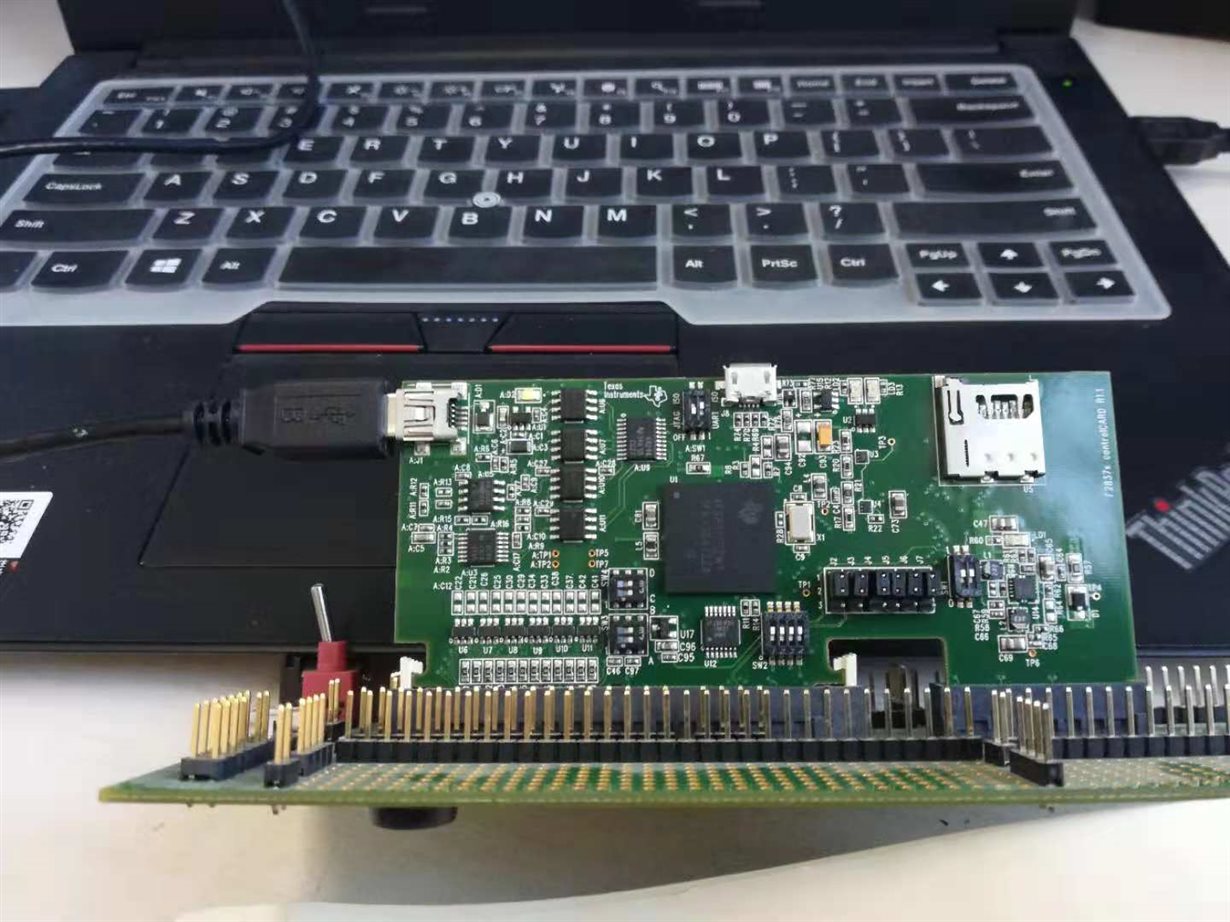Other Parts Discussed in Thread: C2000WARE
When using the usb_dev_serial example in the C2000Ware libraries, I am only seeing the USB_EVENT_CONNECTED upon initially starting the software. In the usb_dev_bulk example, the CONNECTED and DISCONNECTED events happen when the USB cable is plugged and unplugged, as expected.
I saw that this was a bug that was to be addressed, has that happened yet or is there a workaround?
Thanks!



